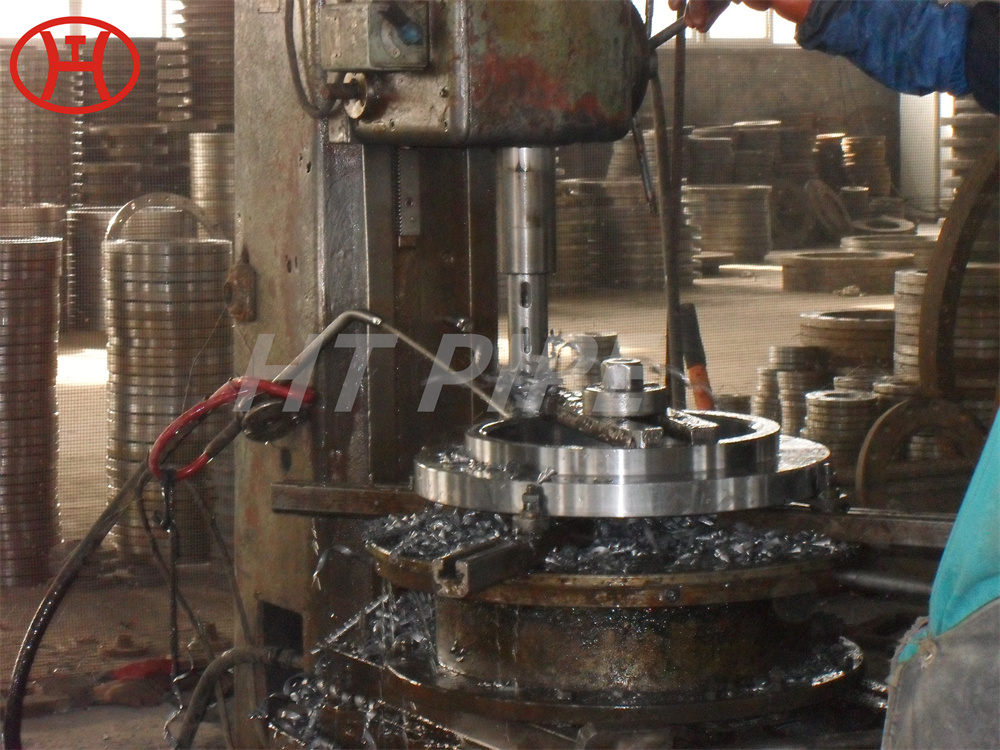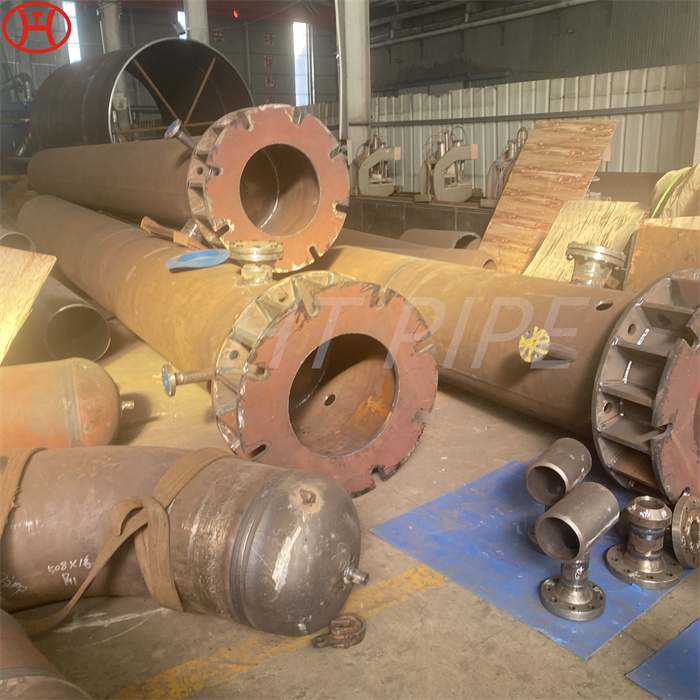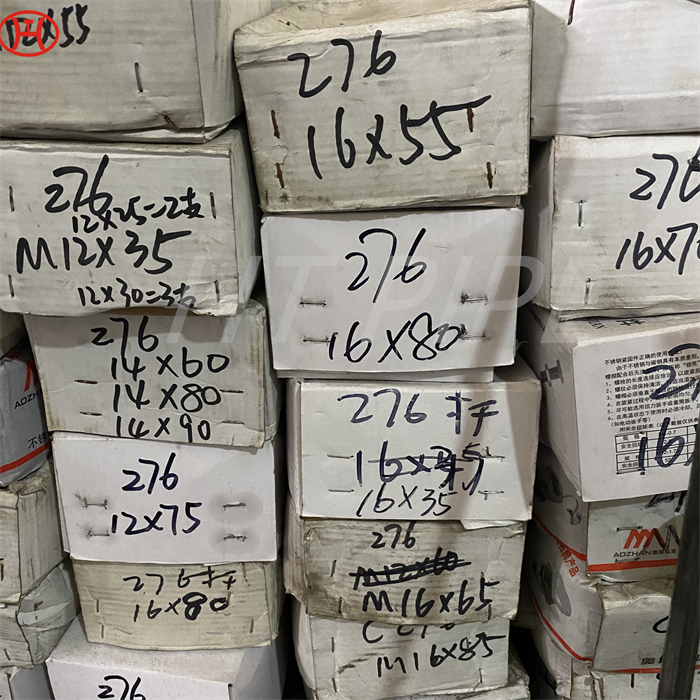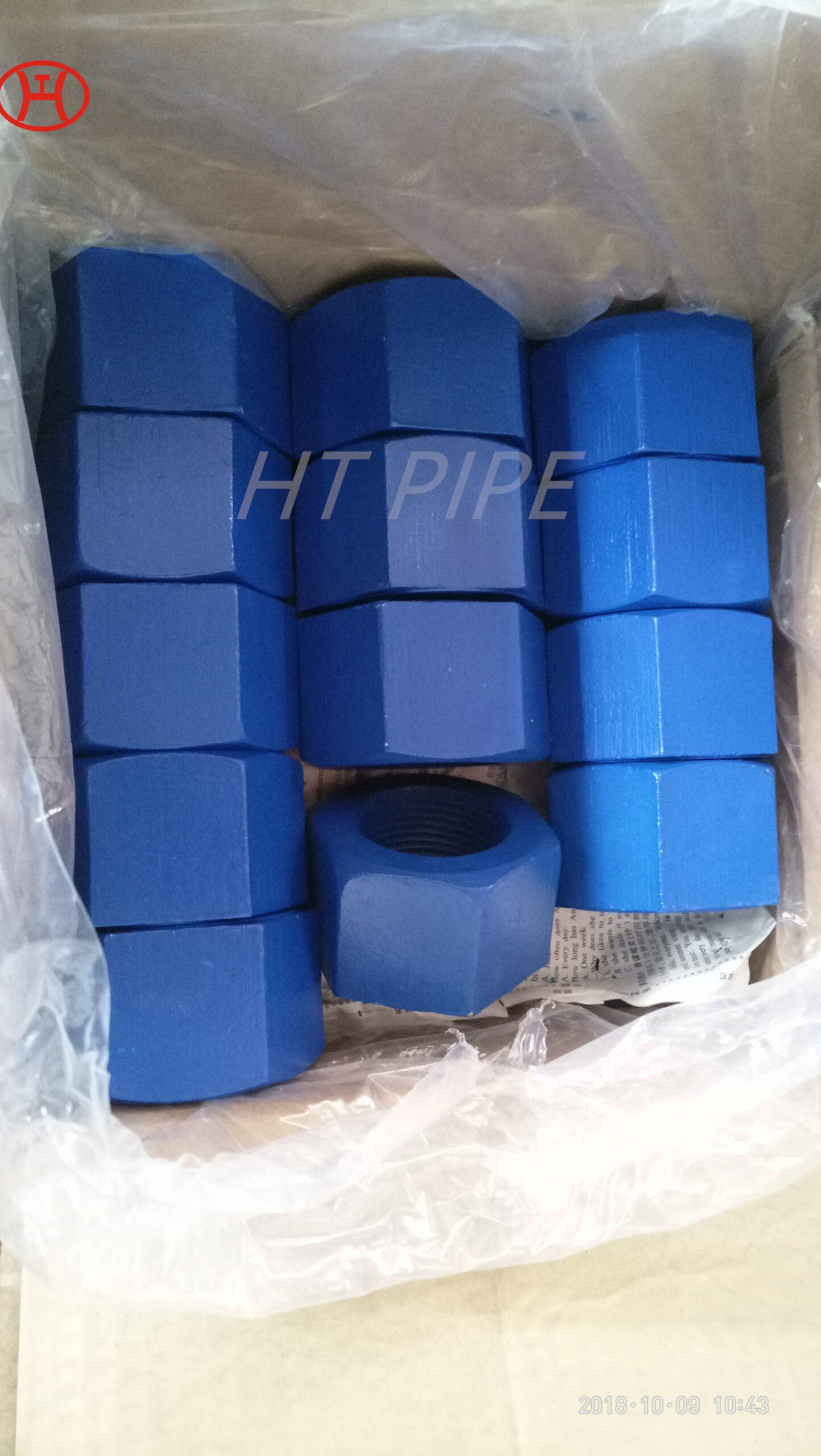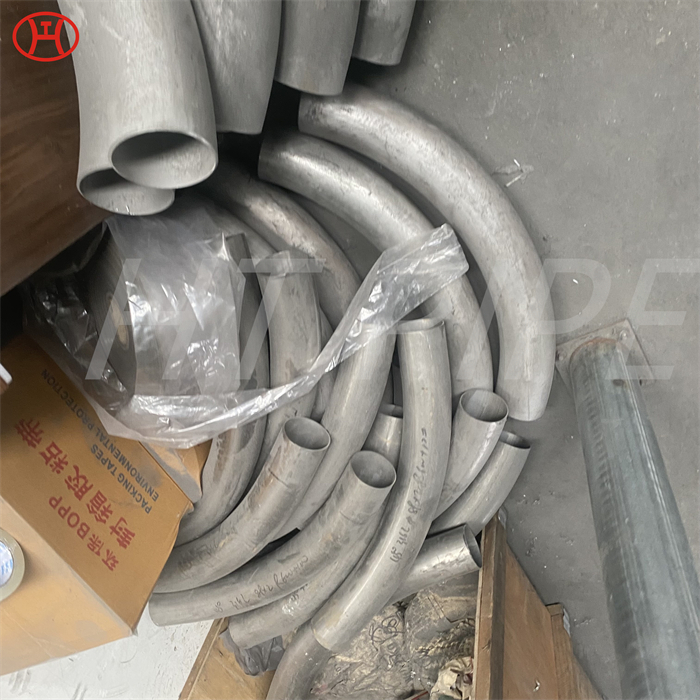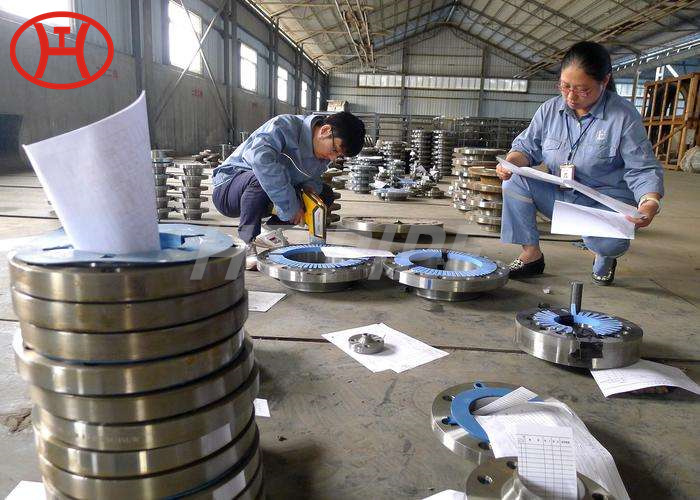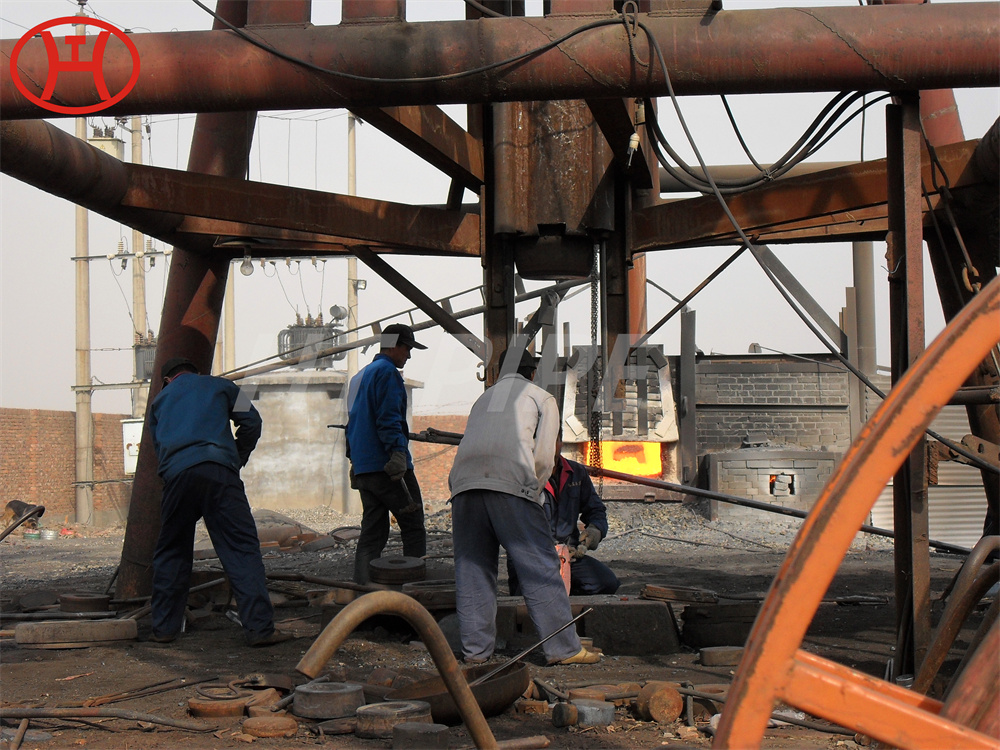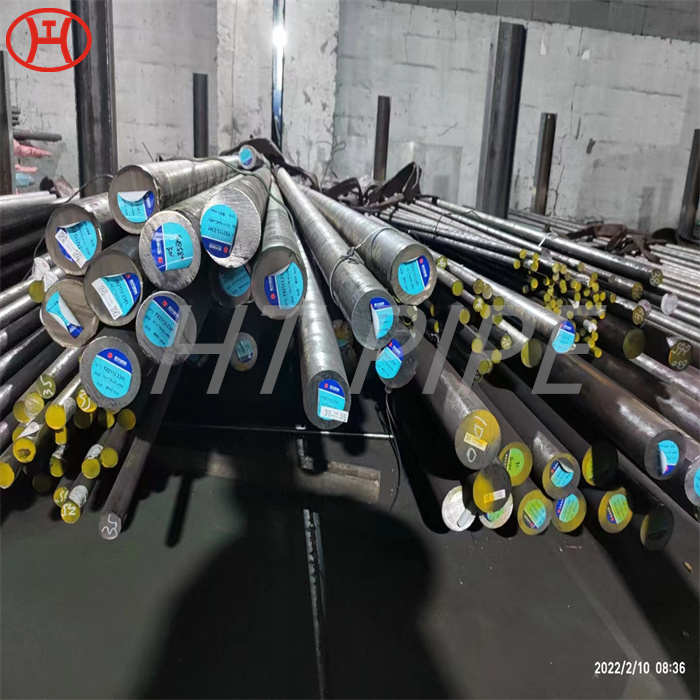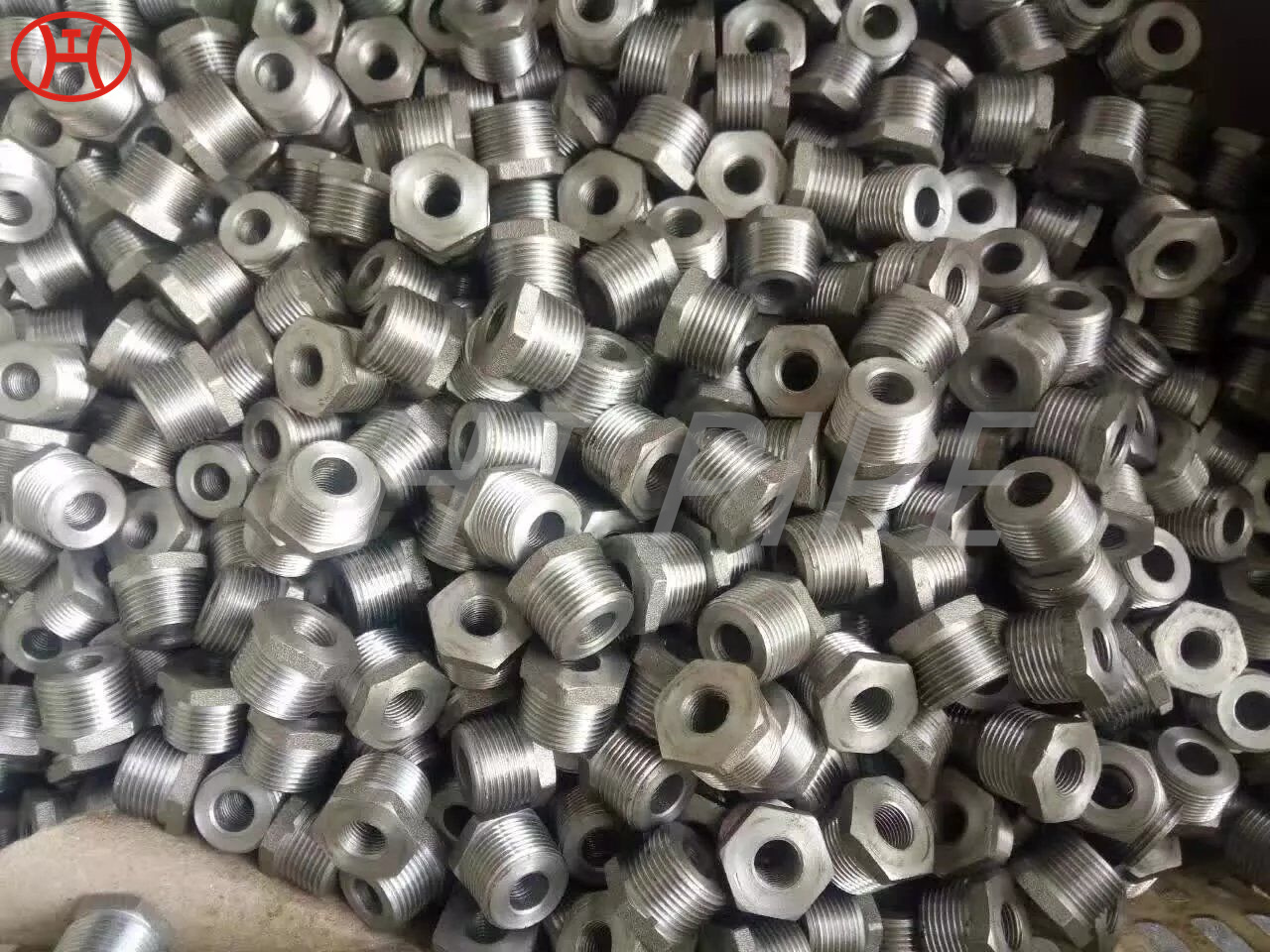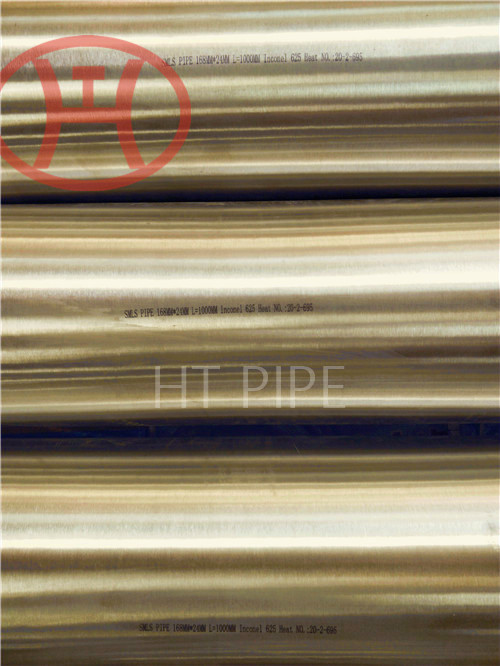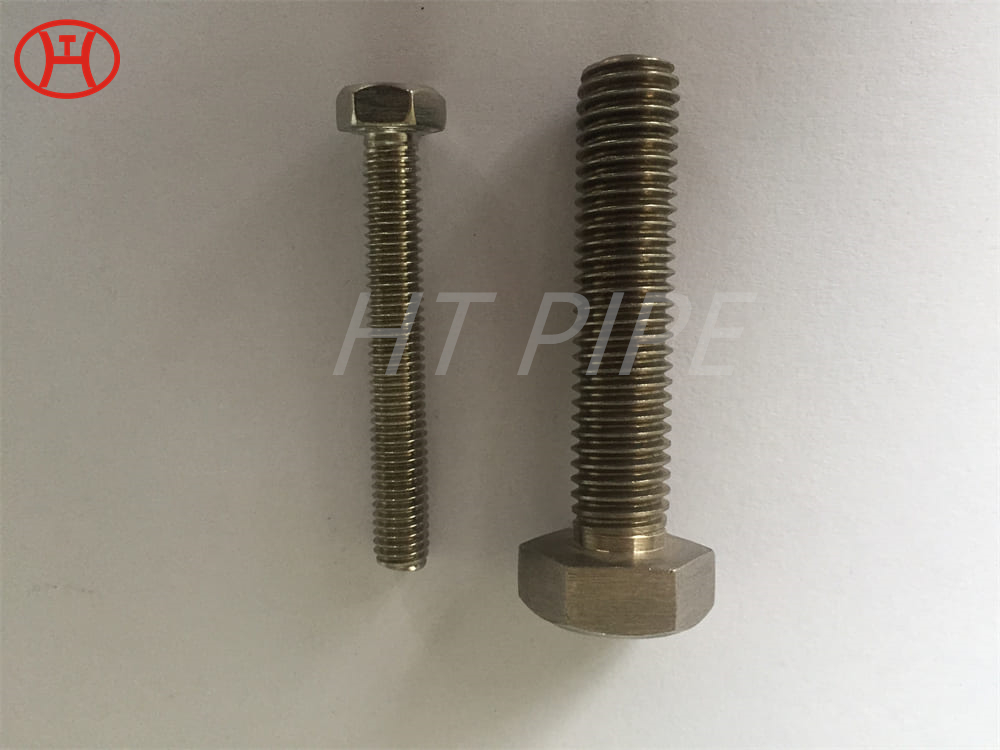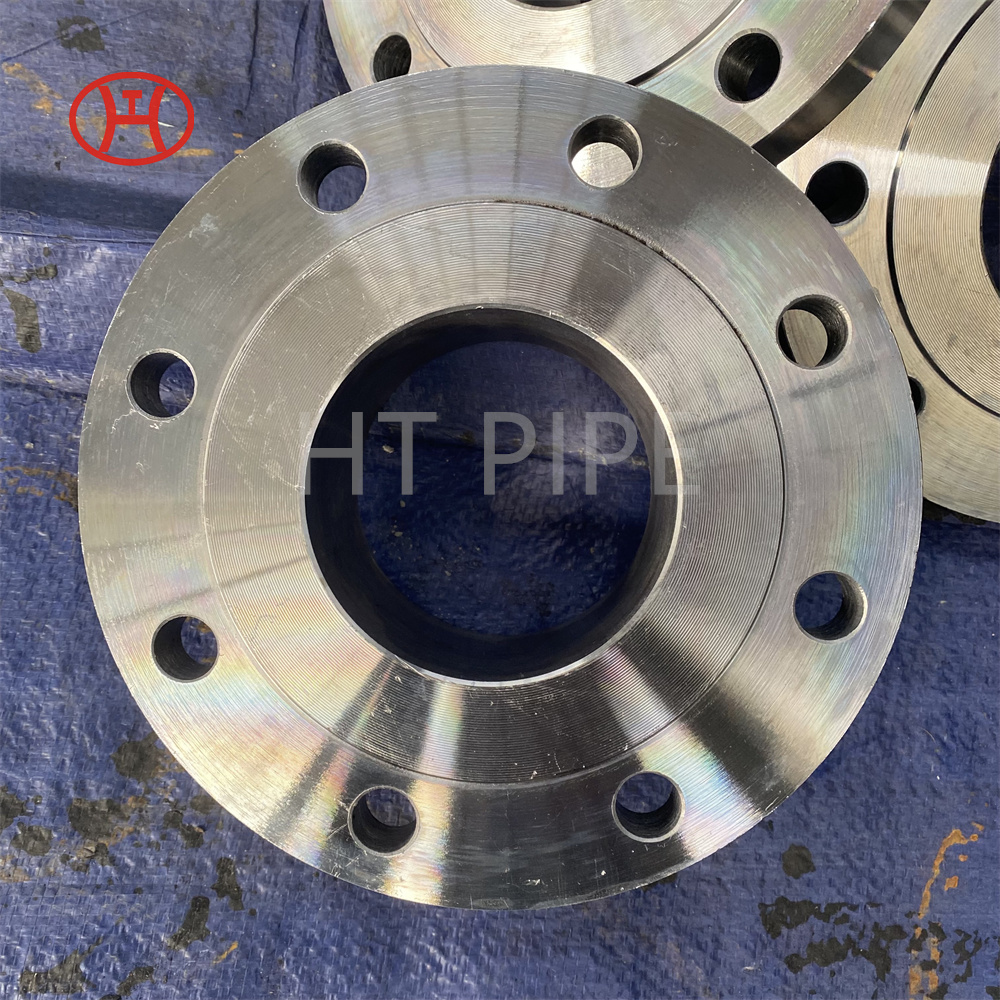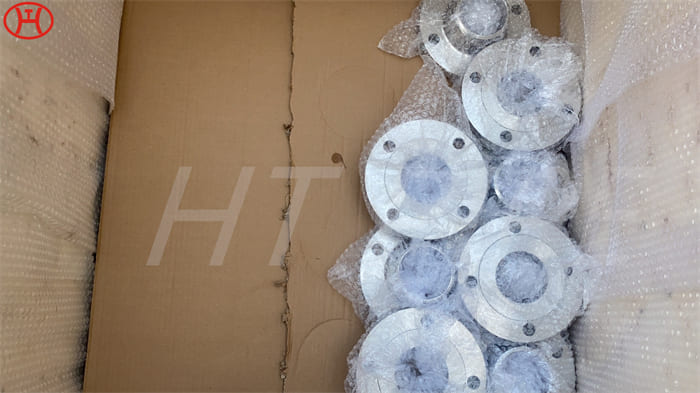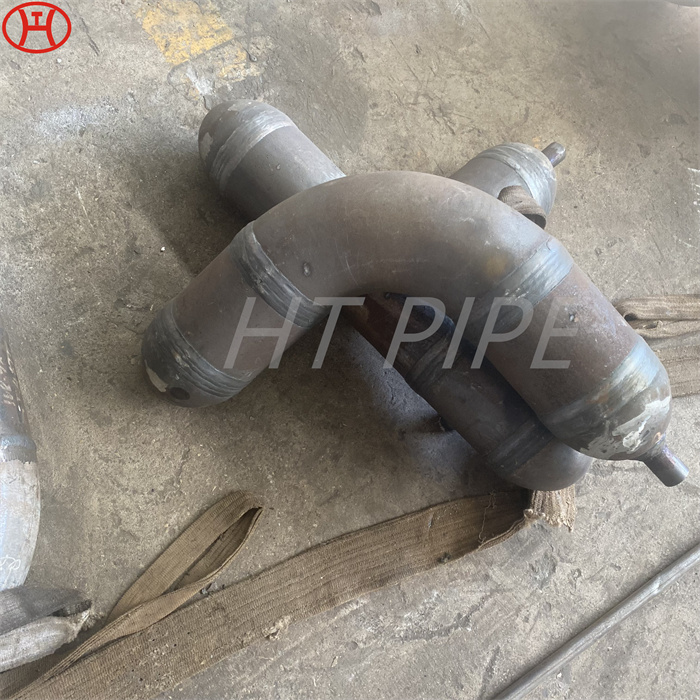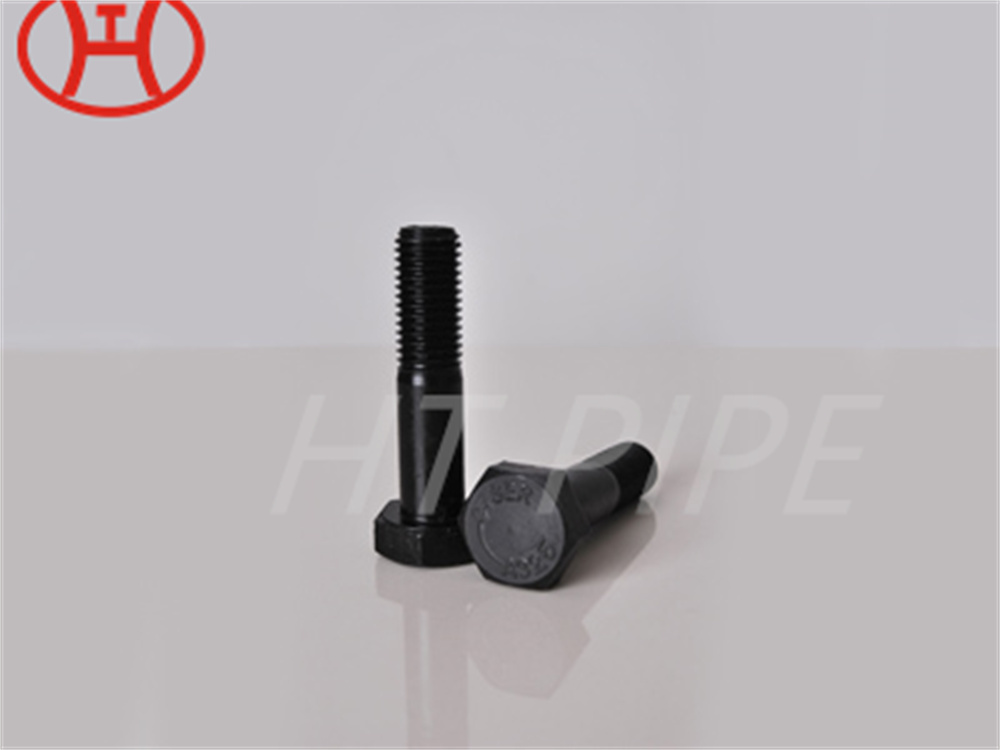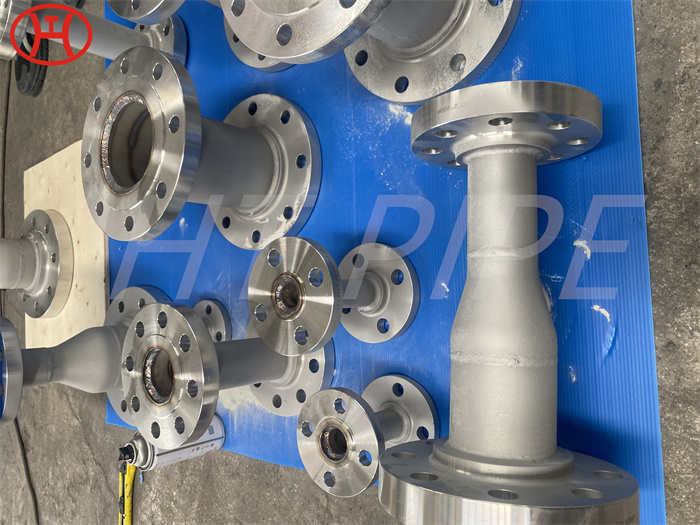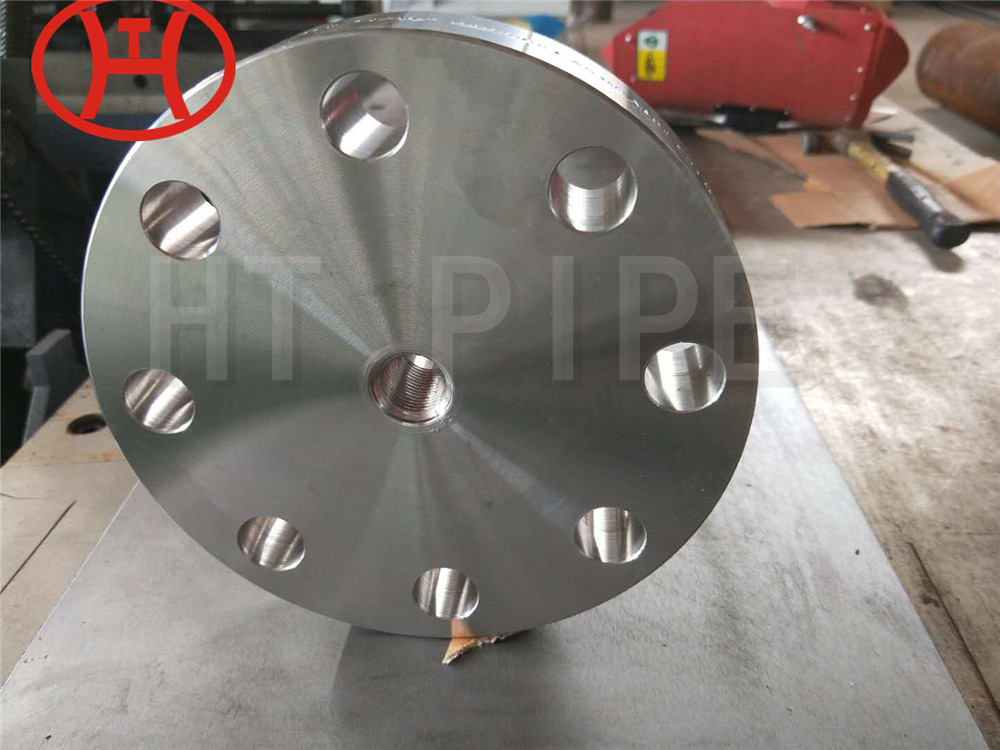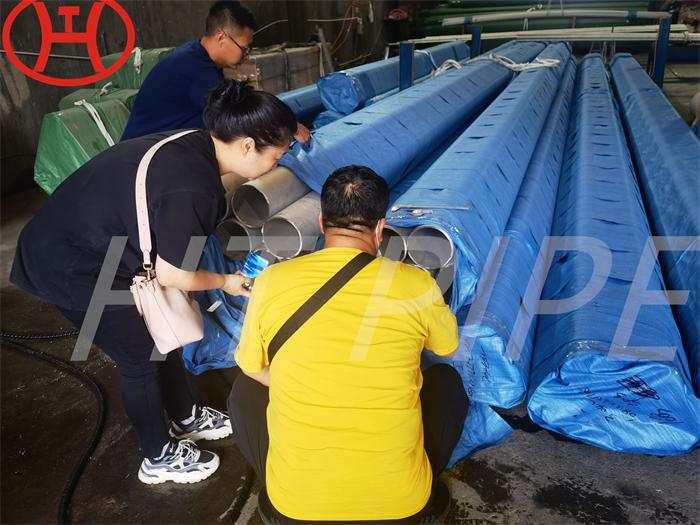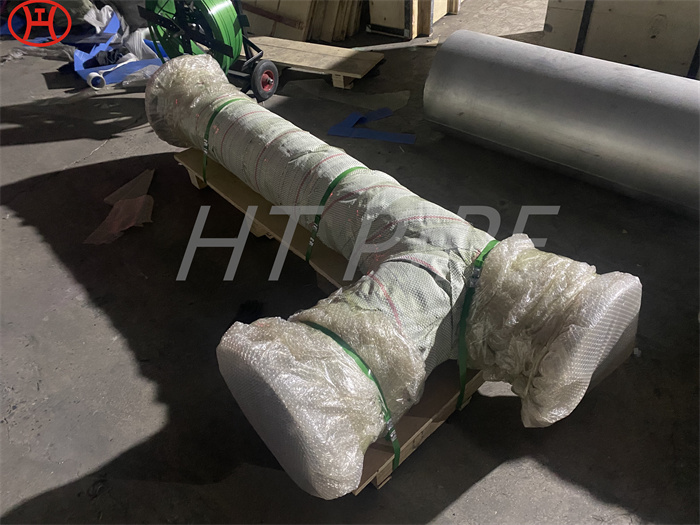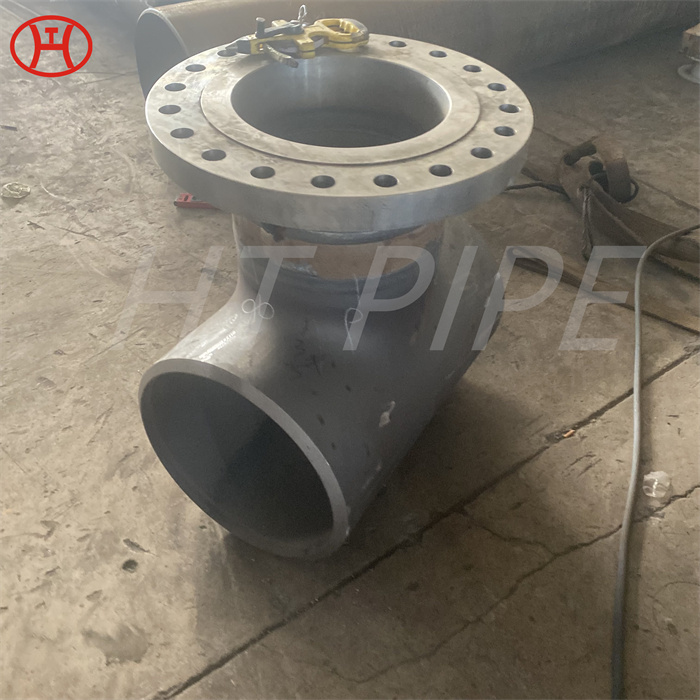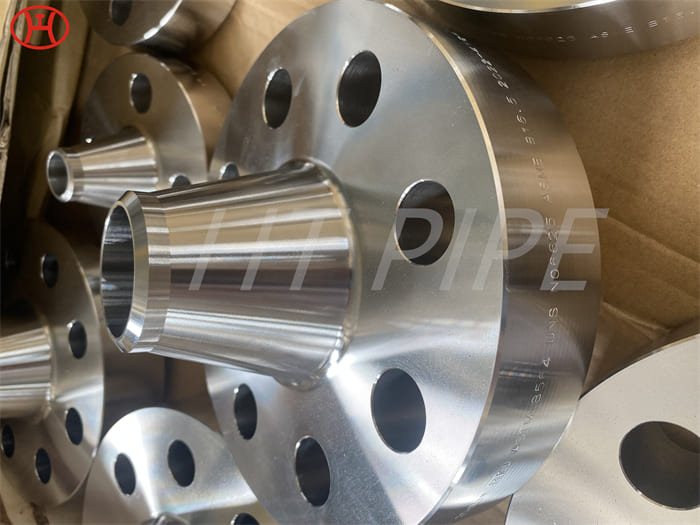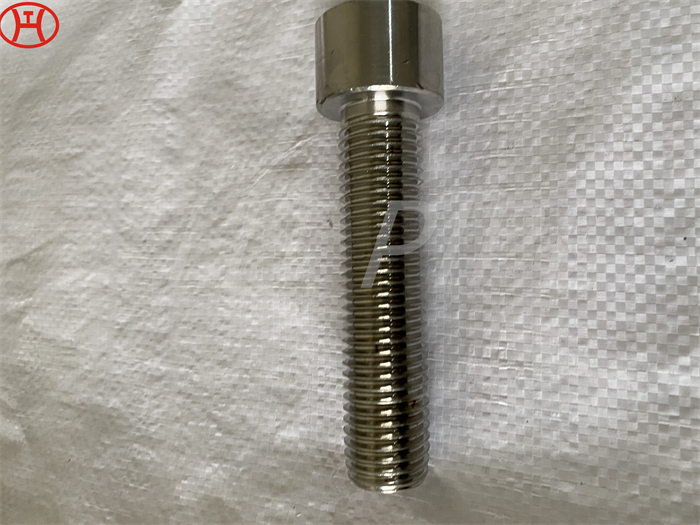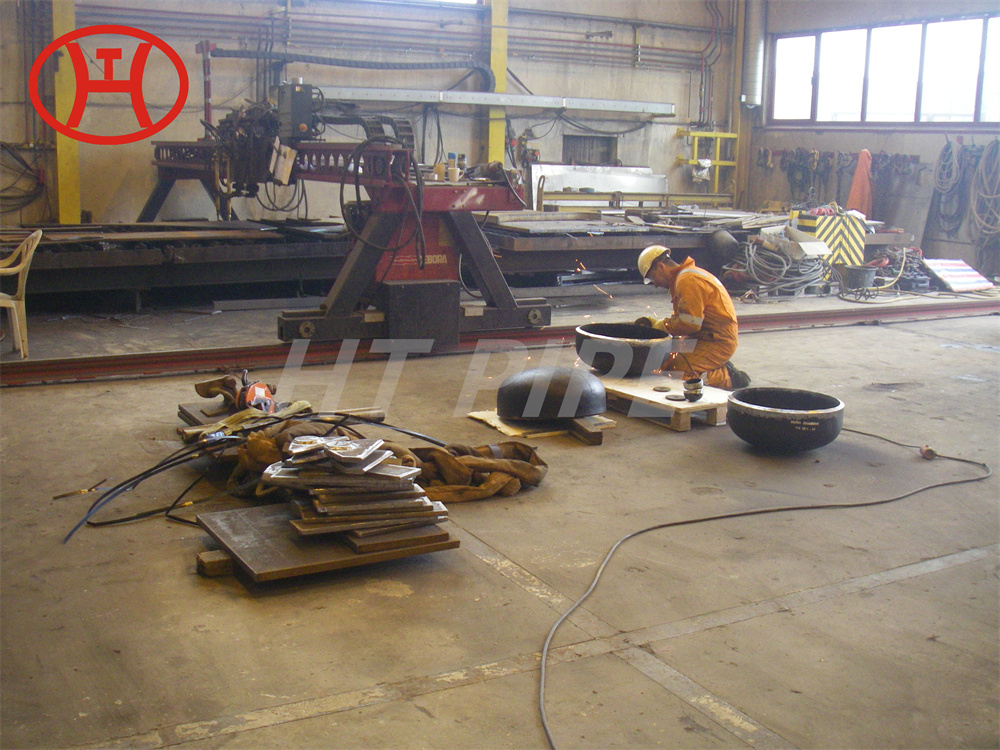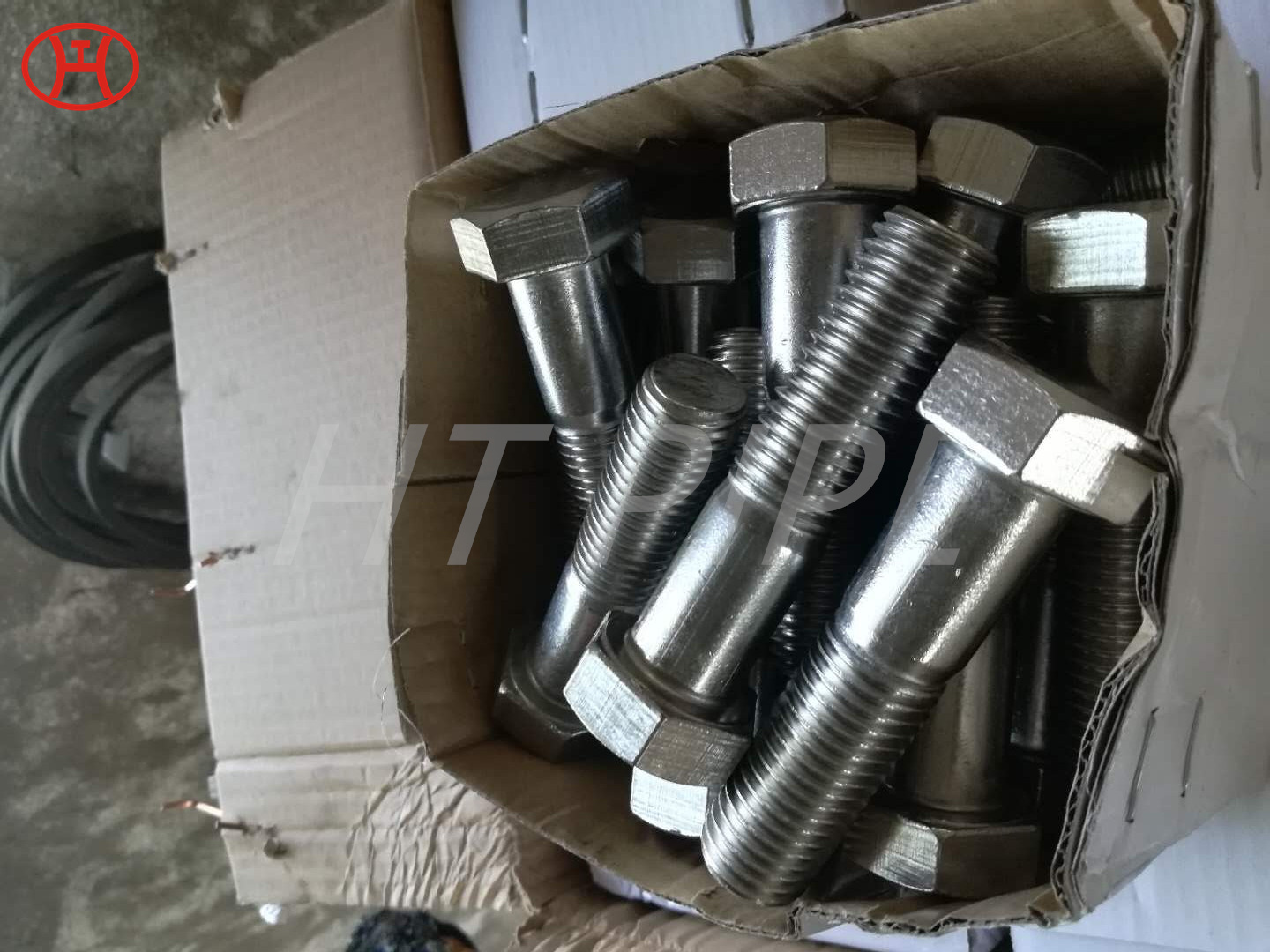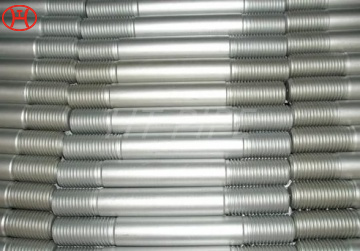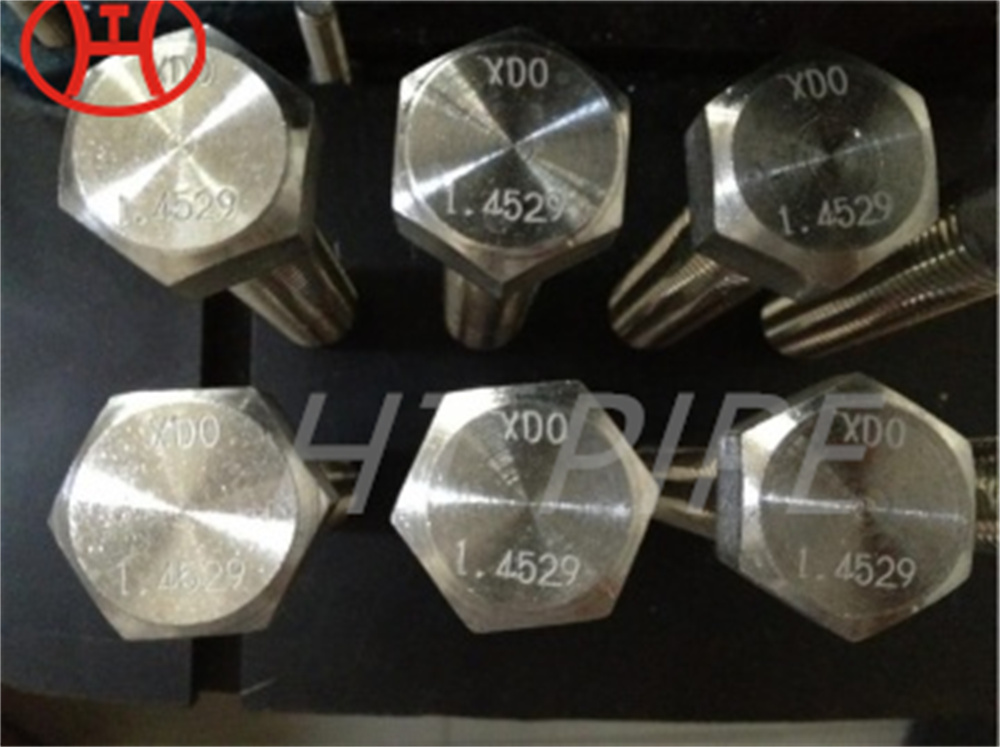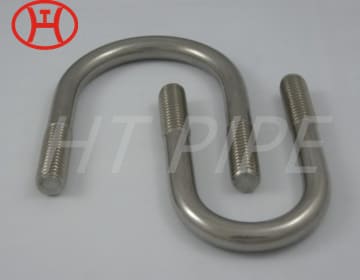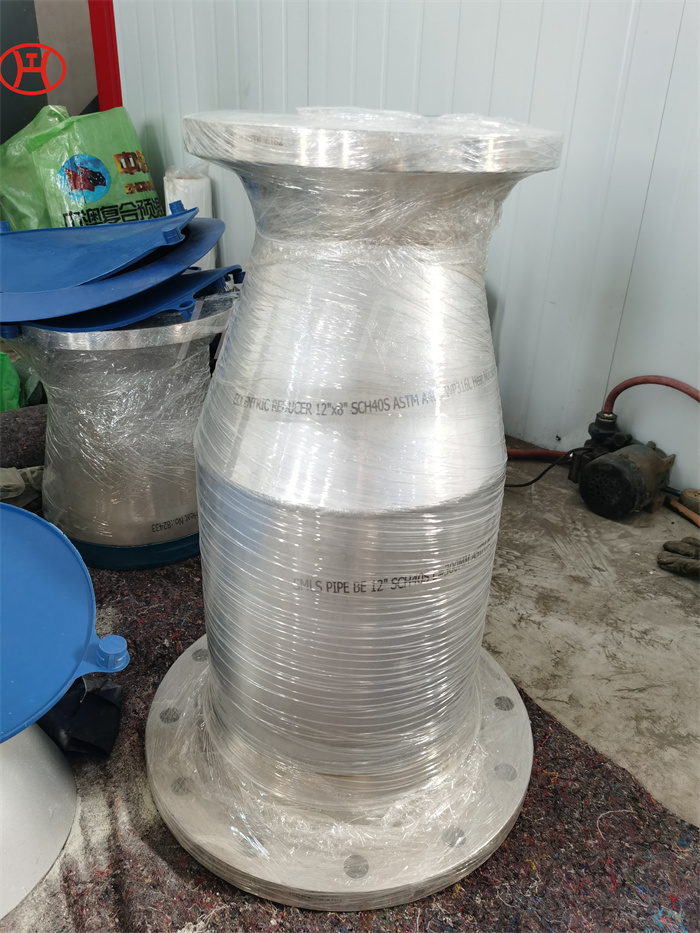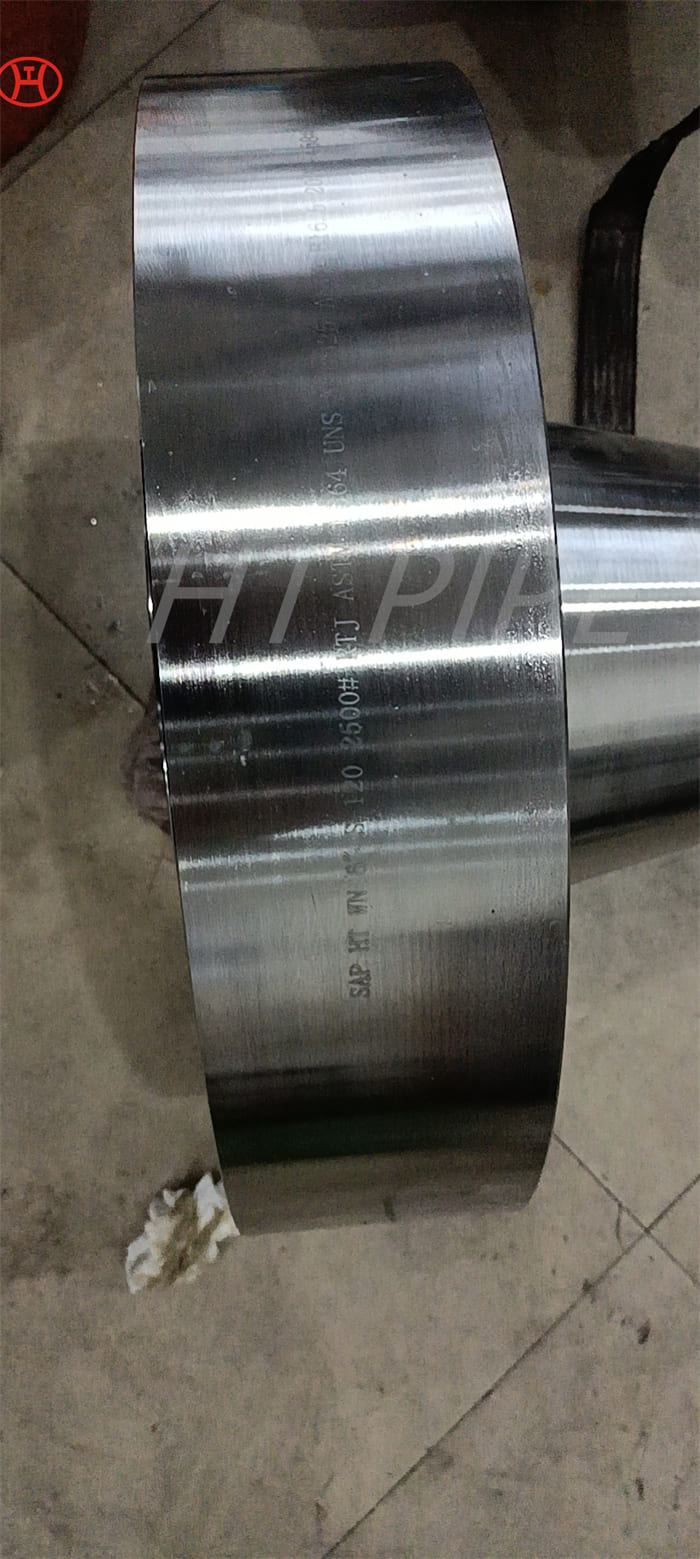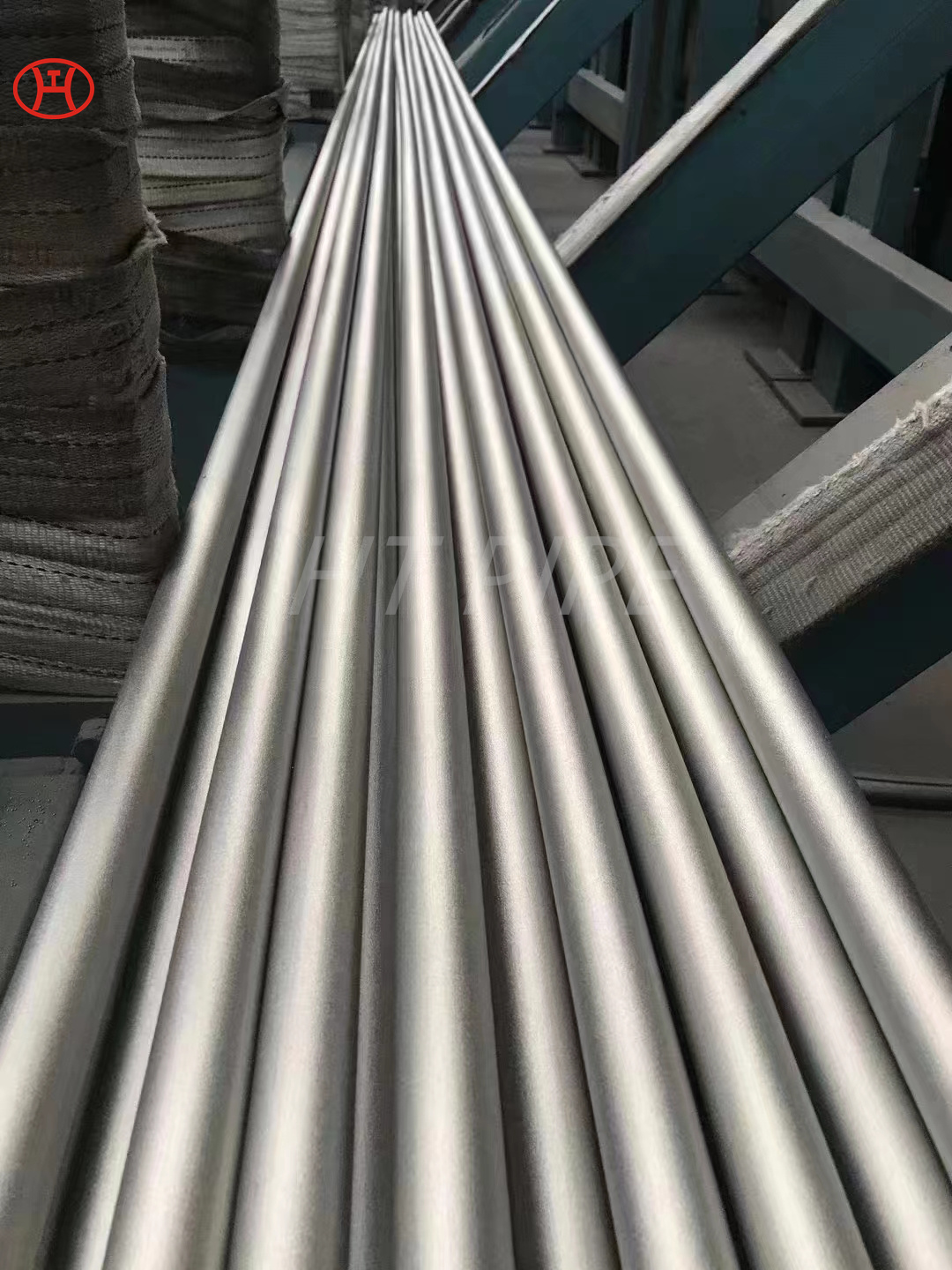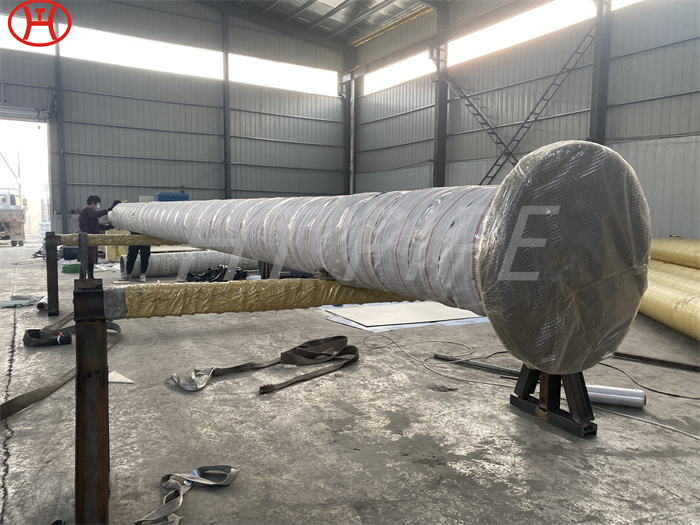Alloy C-276 Flange Quality Inspection Scenario
Hastelloy C276 is a nickel-molybdenum-chromium superalloy with an addition of tungsten designed to have excellent corrosion resistance in a wide range of severe environments.Alloy C-276 is one of the most universally corrosion resistant alloys available today. It is used in a variety of environments ranging from moderately oxidizing to strong reducing conditions. Alloy C-276 has exceptional resistance to sulfuric acid, hydrochloric acid, formic acid, acetic acid, chlorides, solvents, wet chloride gas, hypochlorite and chlorine solutions.
The flange is second most used joining method after welding. Flanges are used when joints need dismantling. It provides flexibility for maintenance. Flange connects the pipe with various equipment and valves .Breakup flanges are added in the pipeline system if regular maintenance inrequired during plant operation.
A flanged joint is composed of three separate and independent although interrdlated components; the flanges, the gaskets, and the bolting; which are assembled by yet another influence, the fitter. Special controls are required in the selection and application of all these elements to attain a joint, which has acceptabel leak tightness.









































































































